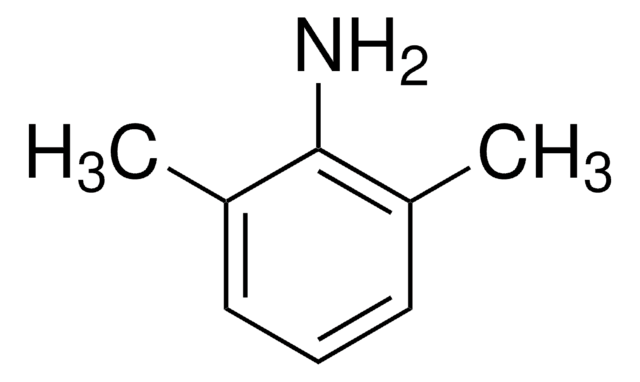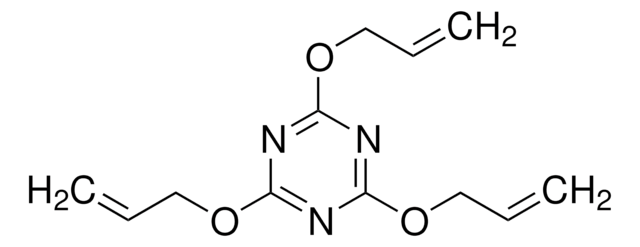Wichtige Dokumente
D131
3,5-Dinitrocatechol
solid
Synonym(e):
3,5-Dinitro-1,2-benzenediol, OR-486
About This Item
Empfohlene Produkte
Biologische Quelle
synthetic (organic)
Qualitätsniveau
Assay
≥98% (HPLC)
Form
solid
Farbe
yellow
mp (Schmelzpunkt)
168-170 °C
Löslichkeit
H2O: slightly soluble 0.17 mg/mL
45% (w/v) aq 2-hydroxypropyl-β-cyclodextrin: 2.8 mg/mL
0.1 M HCl: slightly soluble
DMSO: soluble
aqueous buffer pH > 5: soluble
ethanol: soluble
Lagertemp.
2-8°C
SMILES String
Oc1cc(cc(c1O)[N+]([O-])=O)[N+]([O-])=O
InChI
1S/C6H4N2O6/c9-5-2-3(7(11)12)1-4(6(5)10)8(13)14/h1-2,9-10H
InChIKey
VDCDWNDTNSWDFJ-UHFFFAOYSA-N
Angaben zum Gen
human ... COMT(1312)
Anwendung
Biochem./physiol. Wirkung
Qualität
Vorsicht
Lagerklassenschlüssel
11 - Combustible Solids
WGK
WGK 3
Flammpunkt (°F)
Not applicable
Flammpunkt (°C)
Not applicable
Persönliche Schutzausrüstung
Eyeshields, Gloves, type N95 (US)
Hier finden Sie alle aktuellen Versionen:
Besitzen Sie dieses Produkt bereits?
In der Dokumentenbibliothek finden Sie die Dokumentation zu den Produkten, die Sie kürzlich erworben haben.
Unser Team von Wissenschaftlern verfügt über Erfahrung in allen Forschungsbereichen einschließlich Life Science, Materialwissenschaften, chemischer Synthese, Chromatographie, Analytik und vielen mehr..
Setzen Sie sich mit dem technischen Dienst in Verbindung.







